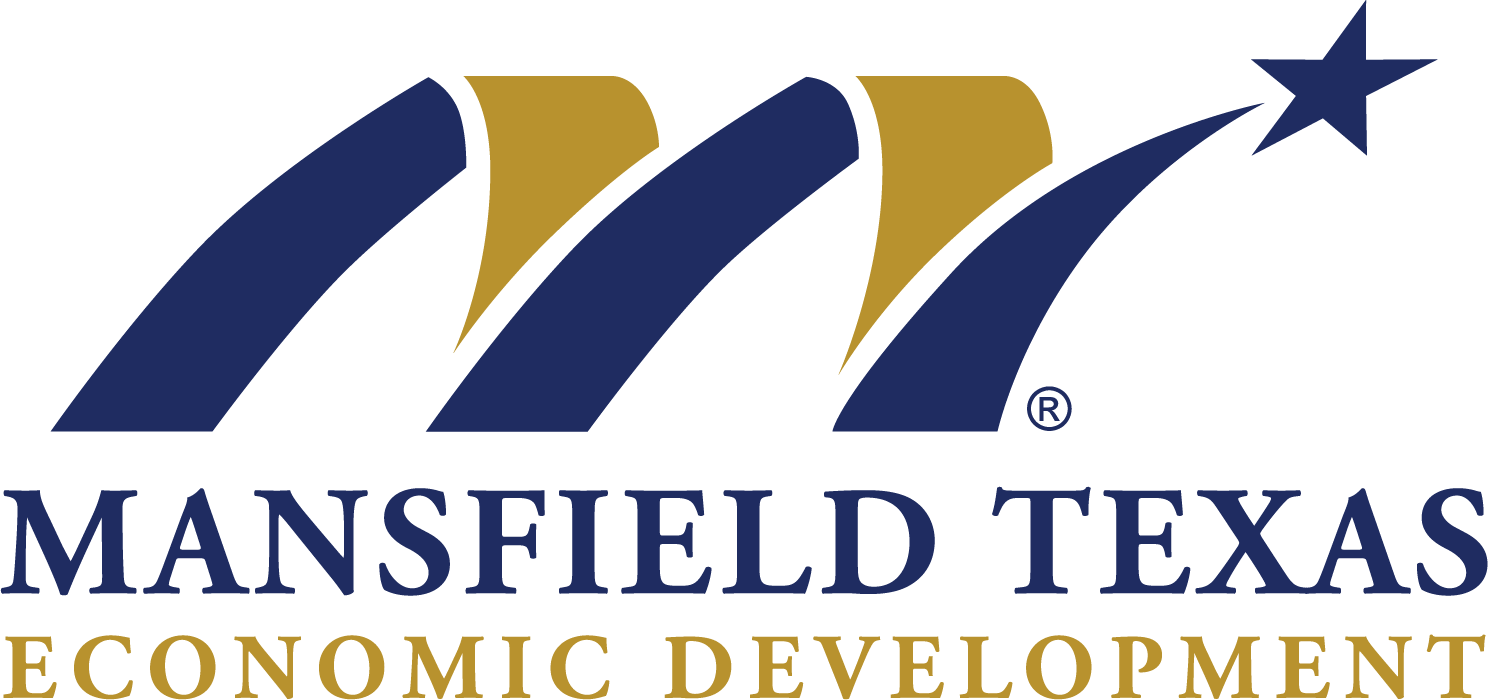With a flood of newcomers from other states flowing into Dallas-Fort Worth, the area is attracting private investment in new business ventures and corporate relocations.
But the sprawling North Texas region, with more than 200 incorporated cities spread across 16 counties, makes picking a site for a new project a daunting task.
That’s where the new Regional Economic Development Partnership comes in.
The first-of-its kind partnership joins together nearly 20 cities, counties and economic development organizations on the western side of the DFW area to strengthen community relationships and share information and resources.
Mining for economic development projects is typically cutthroat competition among individual cities, especially for a gem as big as the second North American headquarters for Amazon. In the race for that prize Arlington, Virginia., beat out competitors from DFW, other cities in Texas and other parts of the country.
But this new partnership replaces competition with cooperation.
By combining efforts to showcase what is available on the Fort Worth side of DFW, everyone in this area wins, according to Chris Strayer, executive vice president of economic development for the Fort Worth Chamber of Commerce.
“If a project lands in Southlake, it would benefit all of us because there would be new job creation and those employees would live and spend money in Fort Worth and the other local communities,” Strayer said.
On a broader scale, the Fort Worth Chamber has long been involved in economic development efforts with the Dallas Regional Chamber of Commerce to bring new economic development projects to the DFW area to the benefit of the entire region, Strayer said.
Chris Strayer
But since the DFW market is so large, it can be difficult for smaller communities, particularly on the western side, to compete or even get noticed.
With rapid population growth in Parker and Johnson counties, the opportunity to affiliate with the Fort Worth Chamber and others provides a boost to their individual efforts.
“Collaborative efforts and community partnerships are essential to our mission to strengthen and grow a vibrant and diverse economic future for Parker County,” said Patrick Lawler, executive director for the Parker County Economic Development Council.”
Besides marketing the western communities to prospective relocating companies, the partnership will help support local businesses with retention efforts.
Strayer said the partnership would direct prospective companies to places that suit their individual needs with access to adequate transportation infrastructure, labor availability and real estate.
The Fort Worth area competes with other fast-growing DFW communities such as Frisco as well as other Texas cities, such as Austin, for technology companies. Despite Fort Worth’s efforts to land a new Tesla headquarters, Elon Musk’s company settled on Austin.
The entire DFW area also competes with out-of-state markets such as Chicago, Phoenix, Atlanta and others.
But with the top factor for new and relocating companies being workforce, the DFW area has an advantage over many of its competitors.
“Our market is growing by 400 people a day,” Strayer said. “We have 150 projects in the pipeline and that number continues to increase because we are such a growing market.”
During the pandemic, 2,297 counties in the country, 73 percent, saw population decreases due to deaths outnumbering births, according to new data from the U.S. Census Bureau.
Yet, other counties and metro areas experienced vast population growth. The DFW area topped the list of metro areas by adding 97,290 people between of July 1, 2020 and July 1, 2021, boosting its population to 7.76 million.
Also on the list of 10 fastest of growing metros during the pandemic were Houston in third place, Austin in fifth place and the San Antonio in eighth place.
Among the highest population growth counties were Collin (DFW), Fort Bend (Houston), Williamson (Austin), Denton (DFW) and Montgomery (Houston).
